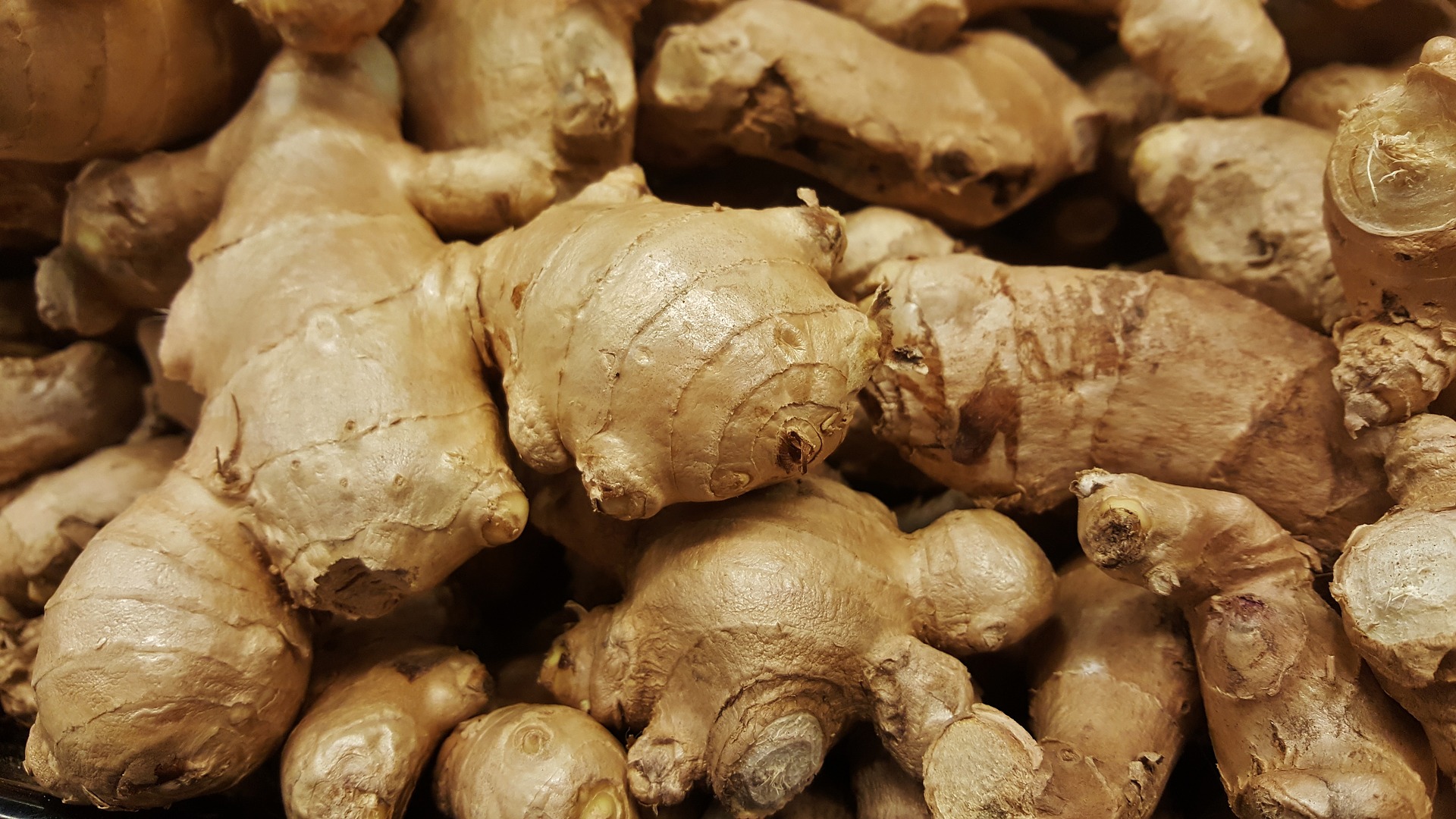We can use the very tasty and healthy spice, ginger, which is popular for its uses in food and home remedies, to extract ginger oil, which can also be applied to alleviate a number of health problems. Ginger oil may even be consumed for good health and better immunity.
Harvesting
Harvesting is the manual or mechanical removal of a food product from its natural source or parent plant. Ginger rhizomes are harvested at different stages depending on the use they are to be processed for: • Green ginger is harvested five to seven months after sowing and the rhizomes are then used for preservation as preserved ginger. • The final ginger harvesting is done eight to ten months after planting and is used to produce dried ginger.
The maturity of the rhizomes is indicated by the shrivelling, yellowing and withering of the leaves, as well as by the drying and lodging of the aerial shoots. The maturity of the rhizomes before harvesting has a significant influence on its quality characteristics, as well as on the suitability of the ginger for processing into preserved or dried ginger. Harvesting is mostly done by hand, using a spade, hoe or digging fork, but the late crop may also be harvested by means of a mechanical digger.
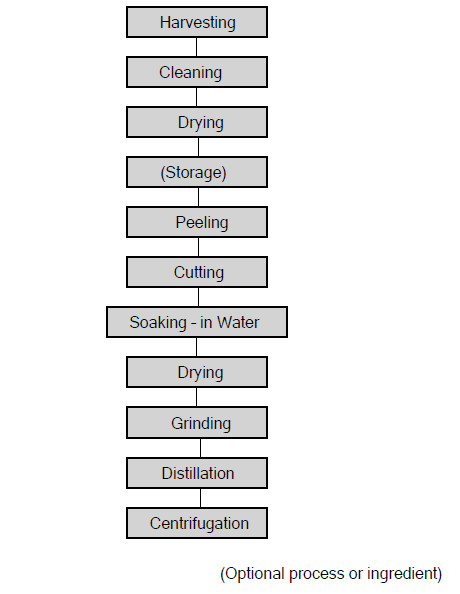
Figure 1: Process description.
Cleaning
Cleaning is the removal of soil, plant rests and other unwanted debris from food products through dry or wet methods. The soil, roots and shoots are removed from the rhizomes and they are then carefully washed and dried. The washing may be done by hand or commercially, but great care must be taken to avoid injuring the ginger rhizomes.
Commercial Wet Cleaning:
Wet cleaning methods are more effective than dry methods in removing soil from root crops and dust and pesticide residues from soft fruits and vegetables. Wet cleaning is also dustless and causes less damage to the food product than dry methods. Different combinations of detergents, as well as sterilants at different temperatures allow for flexibility in the cleaning operation.
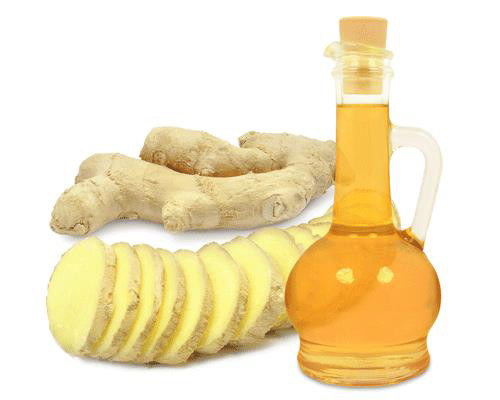
Ginger oil. Image: naturalgreenz.com
However, it must be remembered that the use of warm cleaning water may accelerate chemical and microbial spoilage. This may be prevented by exercising careful control over the washing times and subsequent delays before further processing. Also, wet cleaning methods produce large volumes of effluent, often with high concentrations of dissolved and suspended solids. This necessitates the purchase of clean water, as well as to pay for effluent disposal. To reduce costs, it is possible to use recirculated, filtered and chlorinated water whenever possible.
Examples of wet cleaning equipment in use are spray washers, brush washers, drum or rod washers, and flotation cleaners. Each of these cleaners is suitable for specific food products.
Drying
Drying is the removal of surface and/ or internal moisture from a product to lower the overall moisture content. After cleaning, the rhizomes are air-dried for one to two days in the shade.
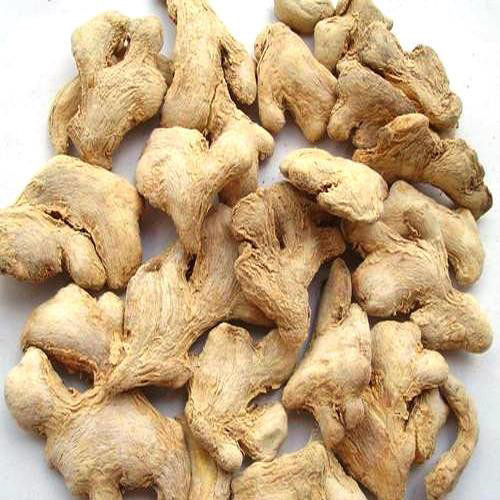
Dried ginger root. Image: indiamart.com
Storage (Optional)
The product is kept under controlled conditions for a specific length of time until further use. The ginger rhizomes may be stored safely for up to six months by maintaining a temperature of 12°C and a relative humidity of 65%. In India, the rhizomes are loosely stored in pits of about 1 m deep. These pits, which have a layer of sand or sawdust spread at the bottom of the pit before the rhizomes are stored, are cool and provide protection against sunlight. The pit may be left uncovered or covered with a wooden plank that is plastered with mud, leaving a hole in the centre for aeration.
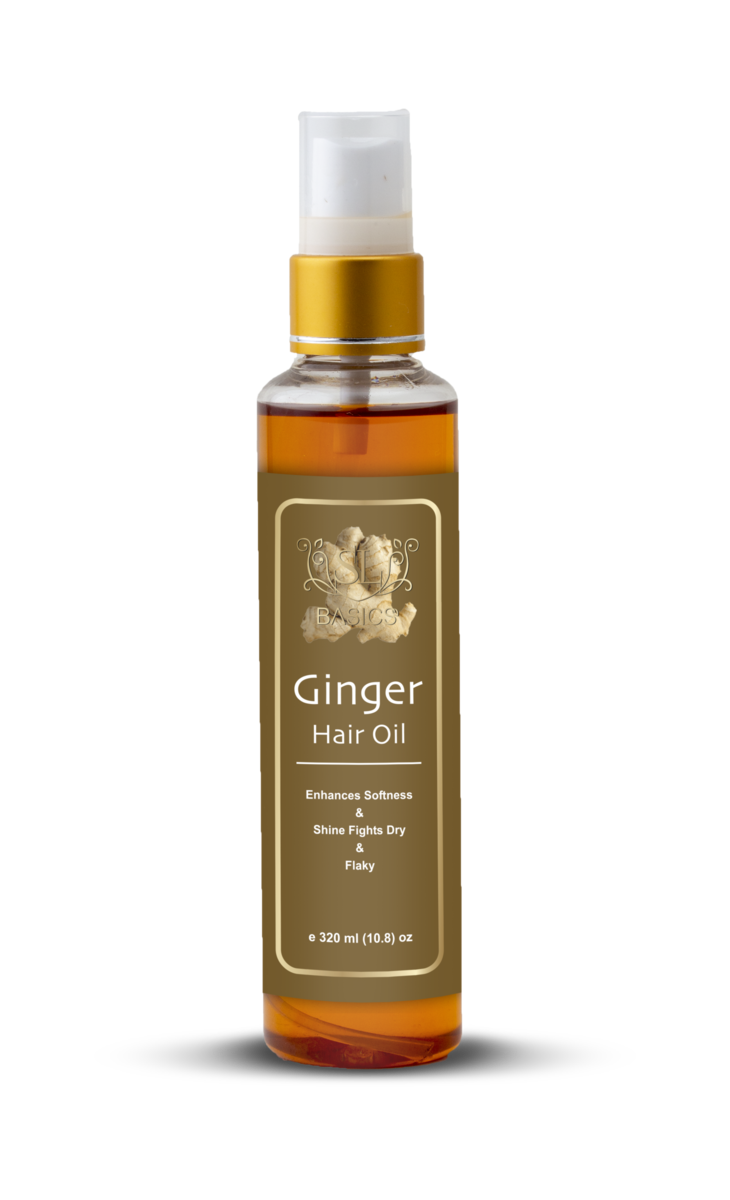
Published with acknowledgement to the ARC Agricultural Engineering for the use of their manuals. Visit www. arc.agric.za for more information.

